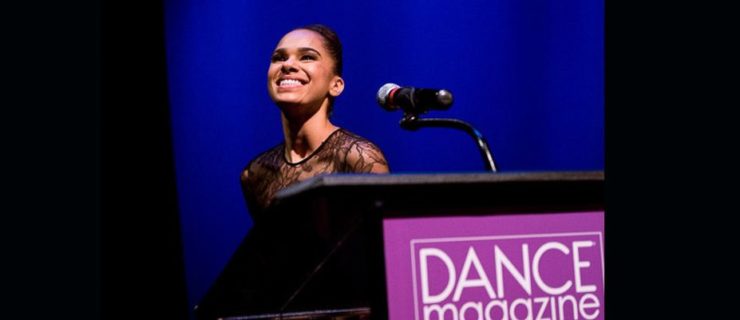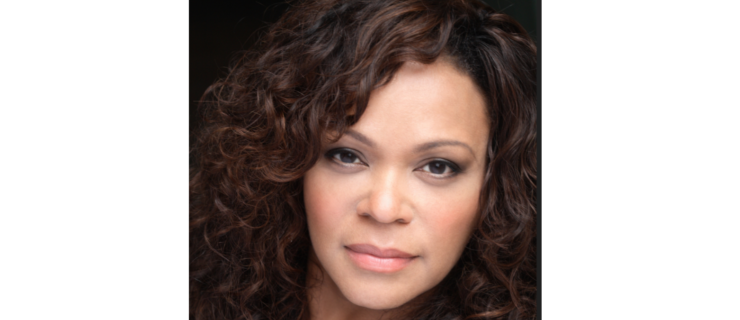Congratulations to Dance Magazine Award Honoree Ronald K. Brown
Choreographer Ronald K. Brown sees himself as a weaver—of movement, but more importantly, of stories. “When I started my company Evidence 33 years ago, I needed to make a space for what I thought of as evidence—work that tells stories, so that when people saw the work, they would see a reflection or evidence of themselves onstage,” says Brown, now 51. “That was my mission, my purpose.”
Fast-forward to today: Evidence has become a mainstay in the modern dance world and Brown is now considered a vanguard among choreographers fusing Western contemporary dance with movement from the African diaspora, including popular dance and traditions from West African cultures like Senegalese sabar.
The fusion comes naturally to Brown. “I just use this reservoir in my body and whatever comes out, comes out,” he says. “I’m playing around now for an Ailey piece (The Call) and yes, there’s an arabesque and some passés in there, but it’s still coming out with my movement. I just let it flow.”
Evidence, A Dance Company | BK Stories
www.youtube.com
Brown’s trademark style has garnered legions of fans in addition to numerous accolades. His relationship with the Ailey organization, for example, extends back more than 20 years, and the company calls his 1999 work Grace one of the most popular in its repertoire.
Other companies who have performed Brown’s works include Philadanco, the Cleo Parker Robinson Dance Ensemble and Ballet Hispánico. Brown has also choreographed for theater including for Regina Taylor’s play Crowns, for which he earned an AUDELCO Award; and for Broadway’s The Gershwins’ Porgy & Bess, for which he received an Astaire Award.
“A lot of Ron’s work is about loss, how losing somebody brings people together,” says Arcell Cabuag, who’s been dancing with Brown for 21 years. “Ron wants us to be completely open, where we’re not thinking about steps. There’s a huge amount of humility you have to have, where you just let everything go.”
Brown says, ultimately, he tries to find ways to reflect what lies beneath people and their lives. “When I hear my audience say it feels real, that’s the key.”




